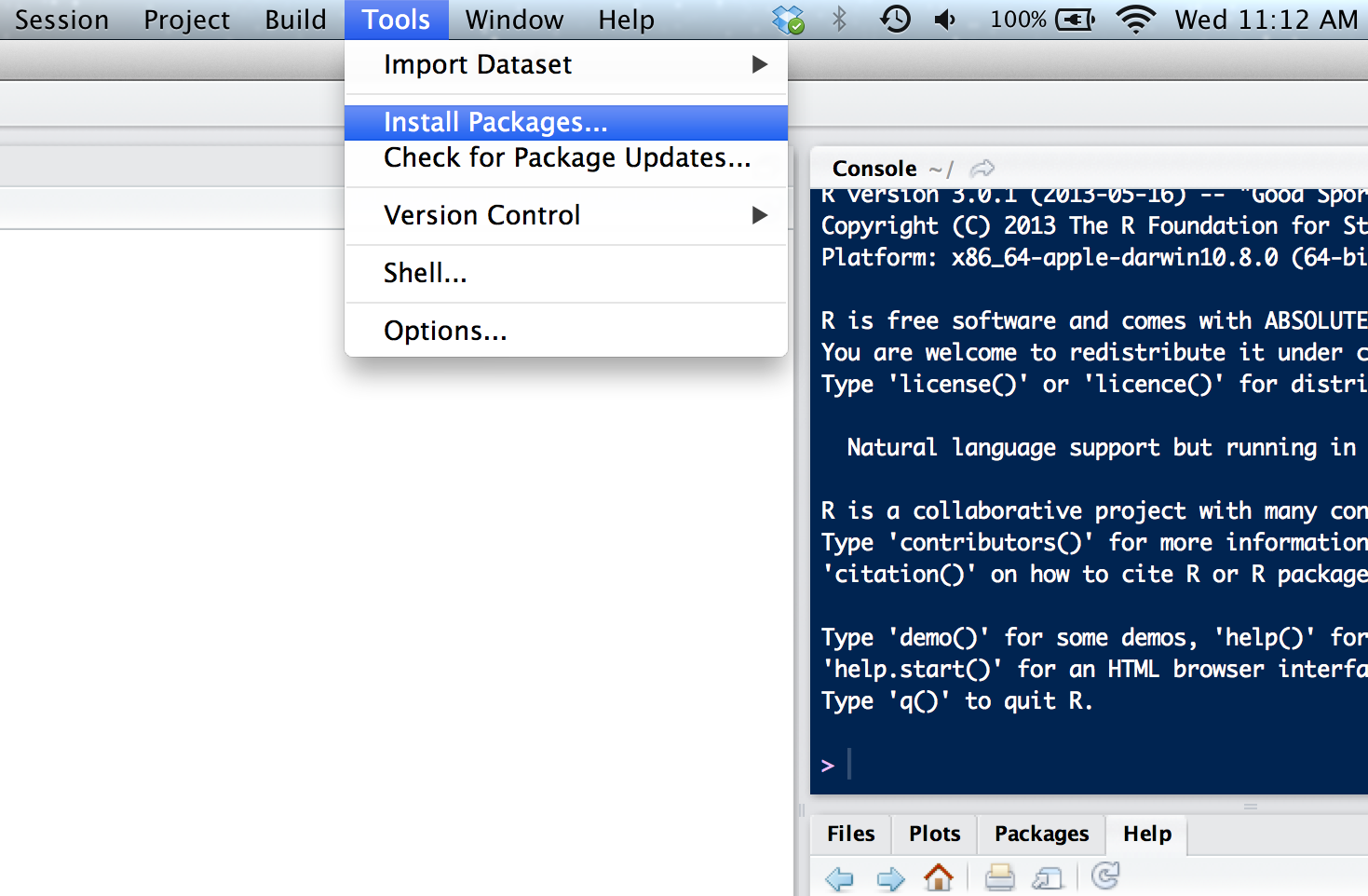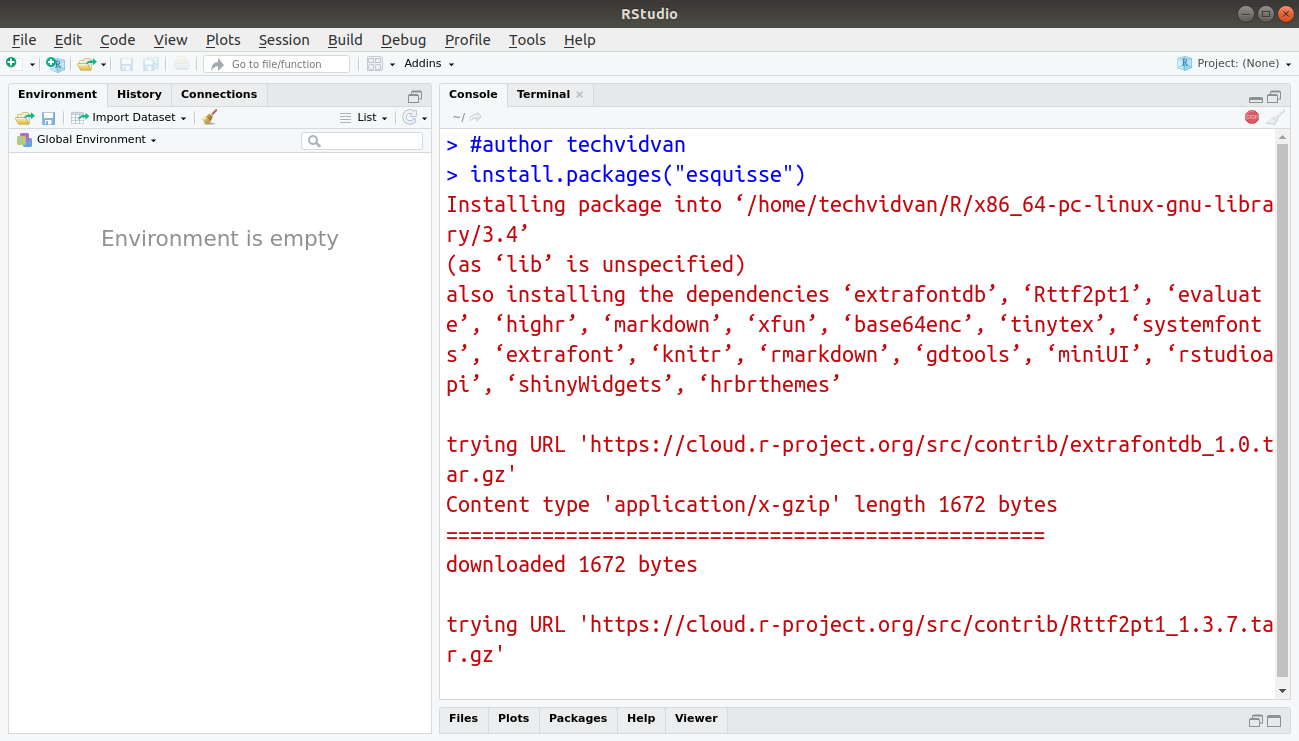

Some people suggest copying your old personal library to a new location and ensuring that the new version of R recognizes it (others take the opposite view, saying that a new version of R is a good time to start with a clean slate and only install packages that you need moving forward). There are multiple approaches to dealing with this: When I upgraded to R 4.0, all of the packages I had downloaded while using version 3.61 were no longer recognized. When you update R, the biggest challenge is that your personal library of packages no longer works. No matter which method you use, for most people, the challenge comes not in updating R, but in what comes as a result. There are also packages to do the updating: updateR for Mac, and installr for Windows. Install that, and it will overwrite your current version. The easiest way to update R is to simply download the newest version. To install specific versions of R packages, specify this URL as the repository of your CRAN library ( AWS | Azure | GCP)when you create the library.HAPPY FRIDAY! The daily build has 🌈rainbow parentheses!!!! 😍🙌👏🥳🎉🎊 /HrgGEaH1SO- Lucy D’Agostino McGowan JHow to Update R The snapshots are available at where is the date of the desired snapshot, for example. The Microsoft R Application Network maintains a CRAN Time Machine that stores a snapshot of CRAN every night. When you use the Libraries UI or API ( AWS | Azure | GCP) to install R packages on all the instances of a cluster, we recommend the third option.


Sometimes you want to fix the version of an R package. If you have an outdated dependency installed, it will be updated as well. When you use the install.packages() function to install CRAN packages, you cannot specify the version of the package, because the expectation is that you will install the latest version of the package and it should be compatible with the latest version of its dependencies.


 0 kommentar(er)
0 kommentar(er)
